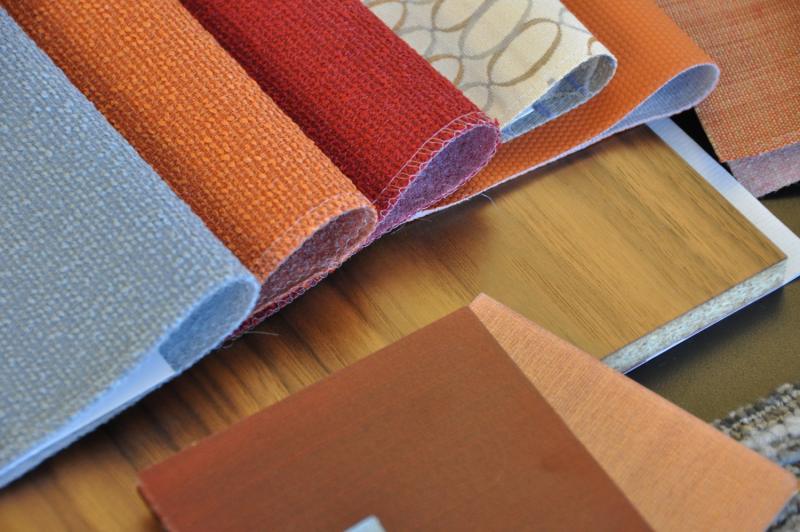A Living Building Project Journey, Part-3
The Materials Working Group

As this post is being written, the Living Building at Georgia Tech project has just entered the schematic design phase. Wood, steel, and concrete are currently under consideration for the structure system, and a hybrid approach cannot entirely be ruled out. For exterior cladding, cement board, stone veneer rain screen, terracotta rain screen, brick, and other materials are being evaluated.
It is worth reiterating that the Red List requirements under the Living Building ChallengeTM (LBC) Materials Petal make material/product specification as challenging, if not more, as achieving net-positive energy and net-positive water.
A Materials Working Group was formed to tackle the challenges of compliance with the Materials Petal and had its kickoff in August. Meeting monthly, the participants in this working group include representatives of the architectural firms, the construction manager, and the donor.
One of the first tasks was the review Georgia Tech’s Design Standards (“Yellow Book”) for the most-required materials and products and their alignment with the LBC Materials Petal’s Red List requirements. While the Yellow Book is very rigorous in mandating environmentally friendly choices, requirements for PVC piping, fluorescent lighting (mercury), and potentially problematic foam products are in conflict with the Red List. Sole-sourcing requirements will be investigated as the project progresses. This project is expected to play an important role in informing future development of the Yellow Book.
The primary focus so far has been on developing a process for vetting and documenting product selections based on Red List compliance. The following graphic, still evolving, illustrates the priorities for materials and products on the project, and the iterative vetting and research process that is utilized to achieve these priorities.
Two important steps of the process illustrated in the diagram are currently underway:
- From the universe of all available options, developing a shortlist of materials/products that have a high likelihood of being specified for projects of this type (institutional campus building), followed by ranking them in an order of relative compliance with project material priorities and the Red List.
- From the universe of all available manufacturers, compiling a shortlist of manufacturers for the Materials Working Group to interact with for their research and vetting process.
At this point, it is recognized that the project will contain wood for one or more of structure, casework, furniture, etc. And when it comes to LBC certification, all wood specified on the project has to be Forest Stewardship Council (FSC) certified. Given the challenges in Georgia to using green building rating systems that advocate FSC certified wood on state projects, the Materials Working Group is closely coordinating their efforts with Georgia Tech with the goal of developing viable options, including salvaged wood, and serving as a catalyst for increasing the availability of sustainably managed forest products in the state.
Several custom-designed spreadsheet and survey-based tools and resources are being used for the material vetting and selection process during the early design phases. Compliance documentation will shift to LBC-mandated formats at later stages. One of the most important outcomes of such an atypically collaborative process has been the use of shared public folders and files. The materials working group has so far successfully relied on Newforma and Google Drive to allow the diverse team (in terms of both geography and discipline) to all work out of the same files, keeping shared data current.
Future posts will have further updates on the progress made by the Materials Working Group. We’re hoping to report on the project’s Biophilic Design efforts in the next post.
Funded through a private grant from The Kendeda Fund, the Living Building at Georgia Tech is expected to become a Living Building Challenge 3.1 certified facility – the built environment's most rigorous and ambitious performance standard. The project’s design and build partners include architects Lord Aeck Sargent in collaboration with The Miller Hull Partnership, construction manager Skanska and design team consultants: Newcomb & Boyd, PAE Consulting Engineers, Uzun + Case, Biohabitats, Andropogon and Long Engineering.





#1. Posted by Brad Kahn on November 11, 2016
We are very interested in helping you succeed with use of FSC products in this project. Don’t hesitate to reach out if I can help.